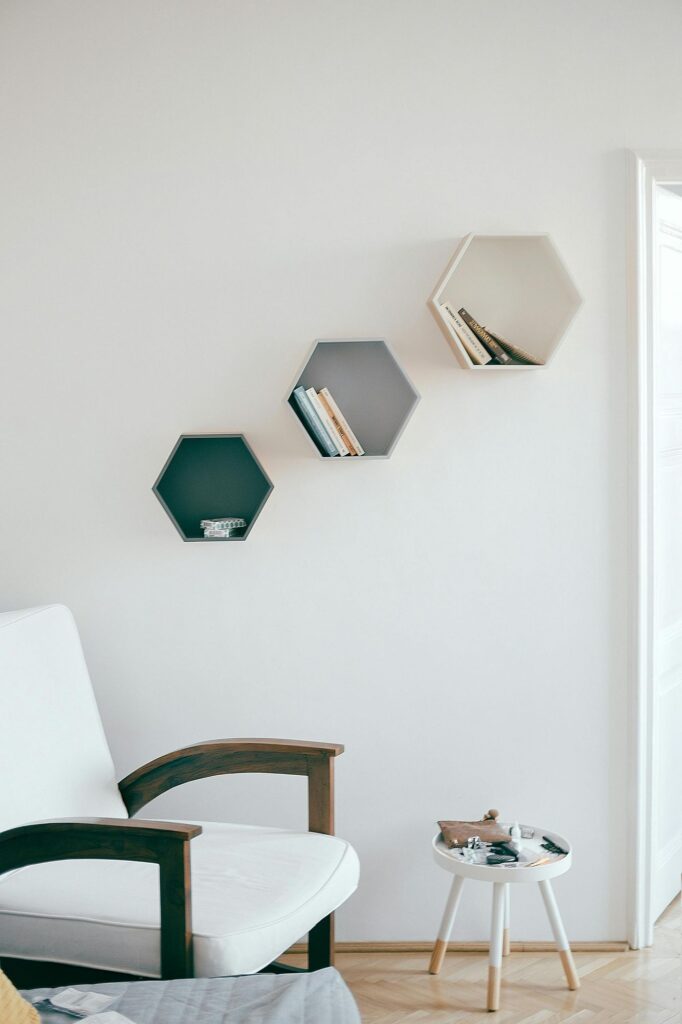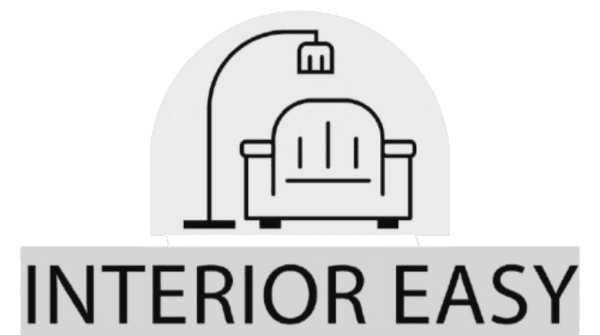In today’s fast-paced, technology-driven world, we’re constantly bombarded with visual stimuli, information overload, and clutter. Minimalist design offers a refreshing respite from this chaos, celebrating simplicity, functionality, and elegance.
This design philosophy has become increasingly popular in various fields, including architecture, interior design, graphic design, and product design.

What is Minimalist Design?
Minimalist design is an design approach that emphasizes simplicity and reduces unnecessary elements to achieve a clean, uncluttered aesthetic.
It involves eliminating superfluous features, colors, and textures to focus on essential functions and visual appeal.
Minimalist design is not just about aesthetics; it’s also about creating a more intuitive, user-friendly experience.
Principles of Minimalist Design
1. Simplicity : Eliminate unnecessary elements.
2. Functionality : Prioritize purpose over aesthetics.
3. Clarity : Use clear typography and intuitive navigation.
4. Restraint : Limit colors, textures, and patterns.
5. Flexibility : Design for adaptability.
6. Balance : Achieve harmony between positive and negative space.
7. Proportion : Ensure elements are proportionate to each other.

Benefits of Minimalist Design
1. Improved focus and concentration : By eliminating distractions, minimalist design helps users focus on what’s important.
2. Enhanced visual appeal : Simple, clean designs are more visually appealing.
3. Increased functionality : Minimalist design prioritizes purpose over aesthetics.
4. Better user experience : Intuitive navigation and clear typography improve user experience.
5. Reduced maintenance : Simple designs require less maintenance.
Types of Minimalist Design
1. Architectural Minimalism : Emphasizes clean lines, simple shapes, and ample natural light.
2. Interior Design Minimalism : Focuses on decluttering and optimizing space.
3. Graphic Design Minimalism : Employs simple typography and limited colors.
4. Product Design Minimalism : Prioritizes functionality and simplicity.

Architectural Minimalism
Characteristics:
1. Simple forms.
2. Limited materials.
3. Natural light.
4. Open spaces.
Examples:
1. Tadao Ando’s Church of the Light.
2. Ludwig Mies van der Rohe’s Farnsworth House.
Interior Design Minimalism
Characteristics: (Compressive design Guide to Minimalist design )
1. Monochromatic color schemes.
2. Limited furniture.
3. Simple textures.
4. Ample negative space.
Challenges and Criticisms
1. Lack of personality : Minimalist design can feel cold or impersonal.
2. Over-simplification : Simplifying too much can compromise functionality.
3. Limited functionality : Minimalist design may not be suitable for complex tasks.
Best Practices (Compressive design Guide to Minimalist design)
1. Start with a clear purpose : Define the design’s purpose and goals.
2. Eliminate unnecessary elements : Remove distractions and clutter.
3. Use simple typography : Choose clear, legible fonts.
4. Limit colors : Use a restricted color palette.
5. Test and iterate : Refine the design through user testing.
Conclusion (The Beauty of Simplicity: A Comprehensive Guide to Minimalist Design)
Minimalist design offers a powerful alternative to cluttered and complicated design.
By embracing simplicity, functionality, and elegance, minimalist design improves user experience, enhances visual appeal, and reduces maintenance.
(The Beauty of Simplicity: A Comprehensive Guide to Minimalist Design)
If you find this post informative do share it to others who need it and if you wanna get minimalist design on affordable prices feel free to email us.

Informative
Pingback: Modern maximalist interior design : Where Luxury Meets Style.